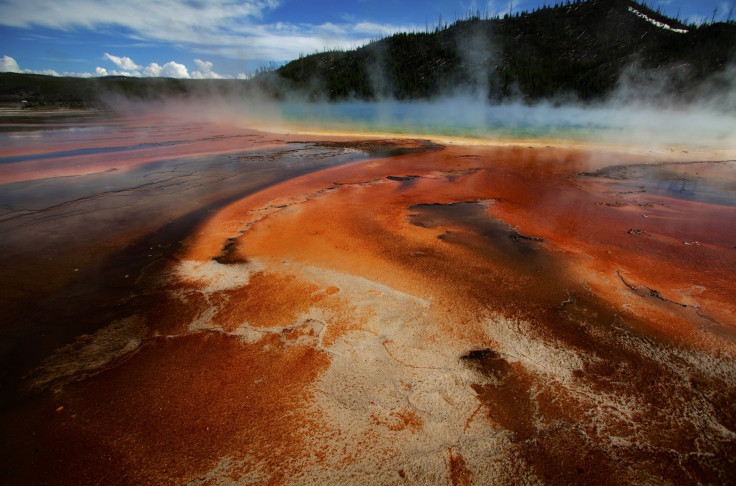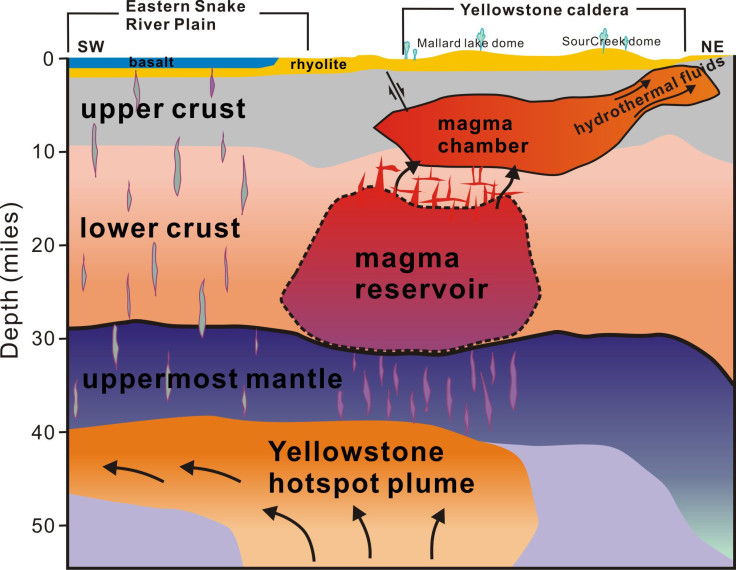Yellowstone's Supervolcano Is Even Bigger Than Previously Believed

Scientists have long known that Yellowstone National Park is home to one of the largest supervolcanoes in the world. However, scientists have now discovered that this volcano, named the Yellowstone Caldera, is much bigger than previously thought. The supervolcano is now believed to contain enough magma to fill the Grand Canyon nearly 14 times over.
“For the first time, we have imaged the continuous volcanic plumbing system under Yellowstone,” Hsin-Hua Huang, a postdoctoral researcher in geology and geophysics at the University of Utah, said, in a statement. “That includes the upper crustal magma chamber we have seen previously plus a lower crustal magma reservoir that has never been imaged before and that connects the upper chamber to the Yellowstone hotspot plume below.”
The shallower magma chamber that scientists previously knew about alone has a volume 2.5 times that of the Grand Canyon -- a geological structure that is large enough to accommodate every single human being currently alive on the planet and still have enough space left for more.

However, according to the findings of the study, published Thursday in the journal Science, this does not mean that the supervolcano is about to erupt and annihilate all life on Earth. The overwhelming bulk of the magma reservoir, which extends 30 miles beneath the surface, is filled with mostly solid, “spongelike” rock. The study shows that while the upper magma chamber contains about 9 percent molten rock, the lower reservoir has only 2 percent of it.
“The actual hazard is the same, but now we have a much better understanding of the complete crustal magma system,” Robert Smith, a research and emeritus professor of geology and geophysics at the university, said, in the statement.
It is believed that the Yellowstone Caldera -- derived from the Latin word for “cooking pot” -- has had three major eruptions in the past, and the last one occurred 640,000 years ago.
According to the U.S. Geological Survey, if another large “caldera-forming eruption” were to occur at Yellowstone, its effects would be experienced worldwide.
“Thick ash deposits would bury vast areas of the United States, and injection of huge volumes of volcanic gases into the atmosphere could drastically affect global climate,” USGS said, in an earlier statement.
Fortunately, the yearly chance of such an explosion taking place is estimated to be as low as 1 in 700,000.
© Copyright IBTimes 2024. All rights reserved.






















